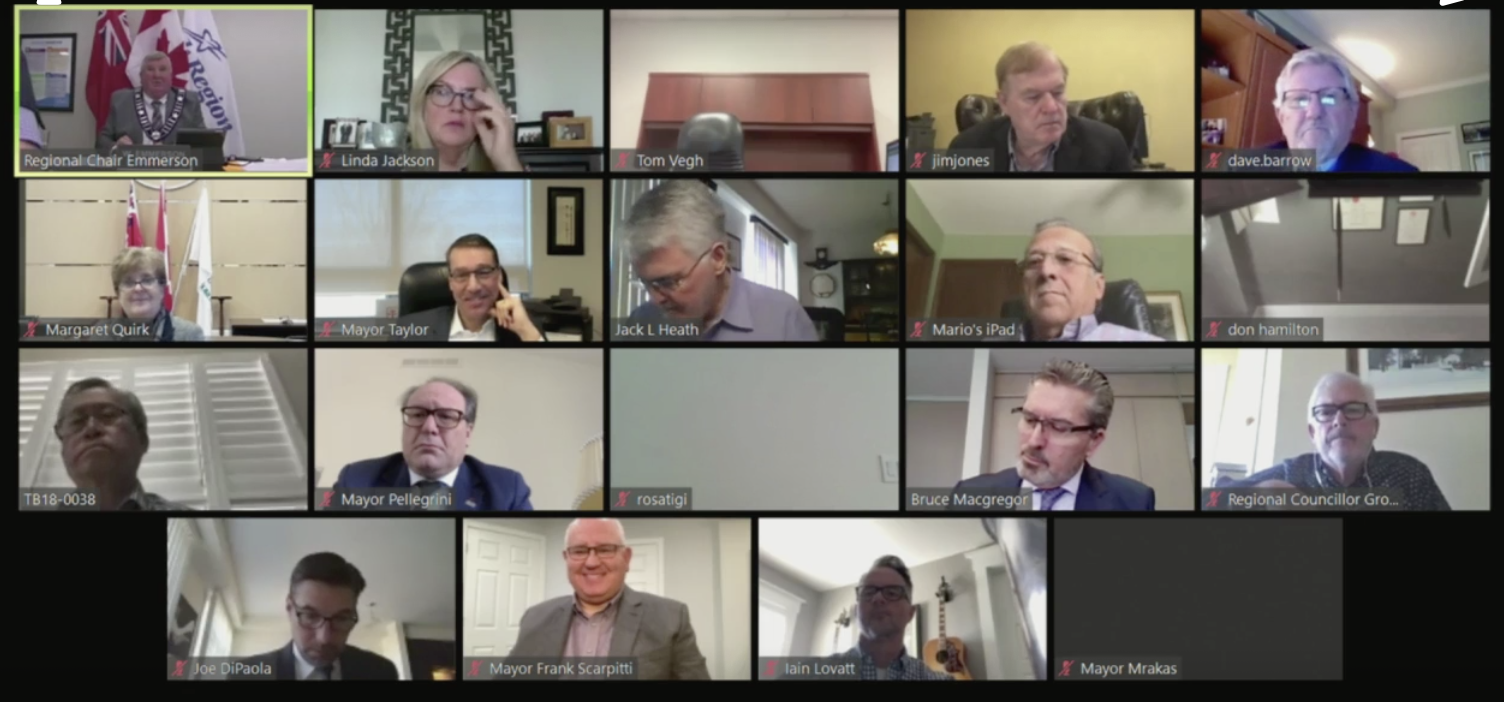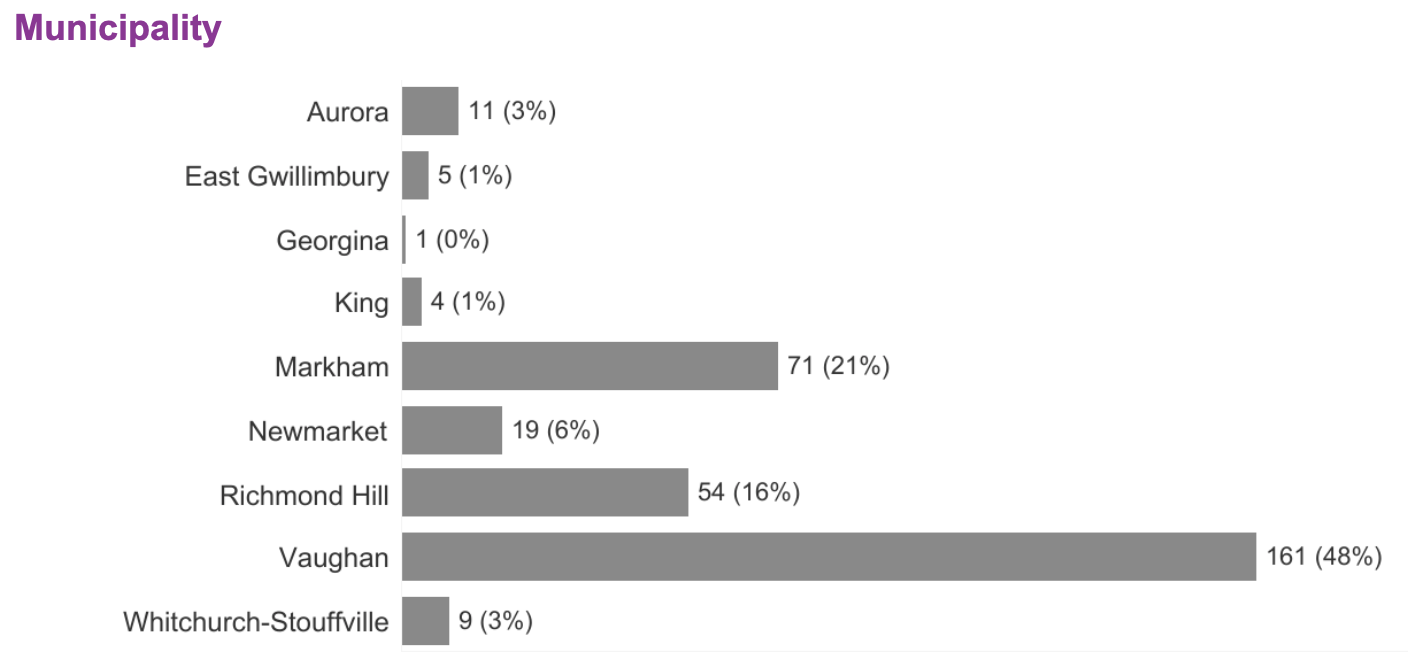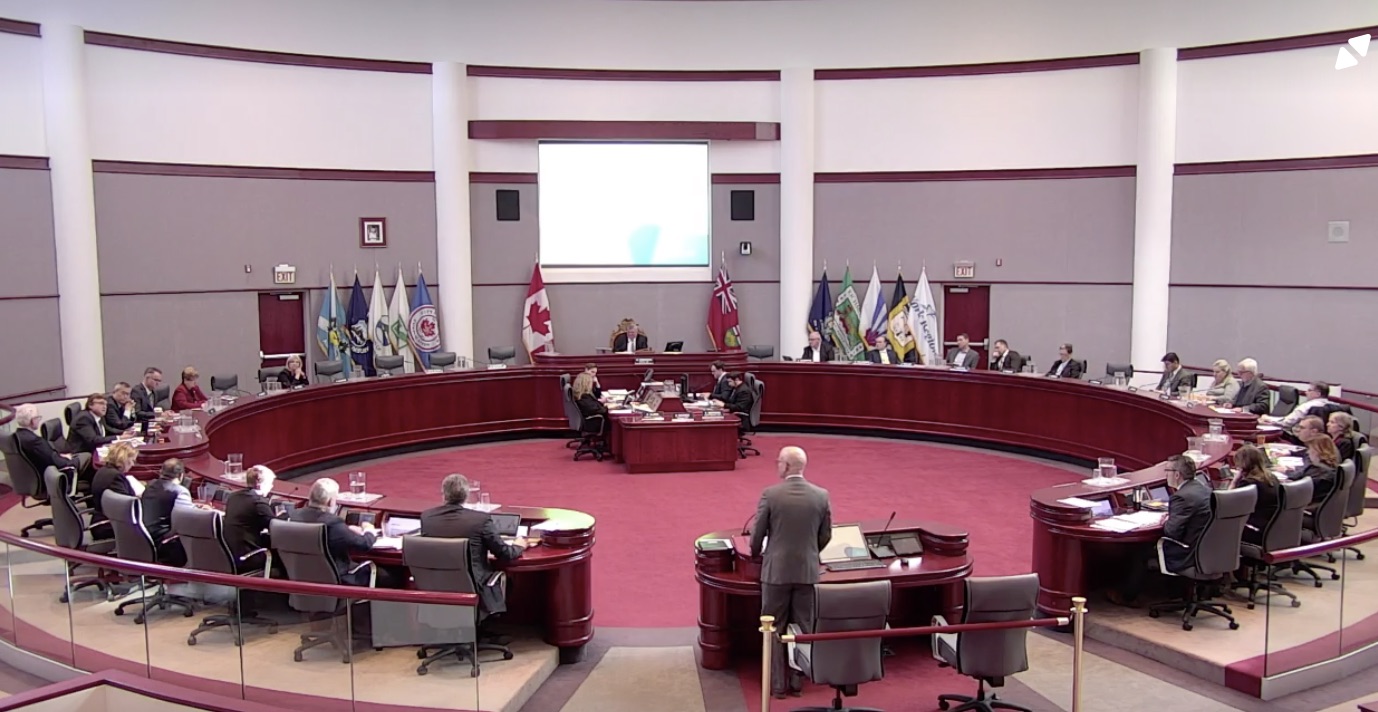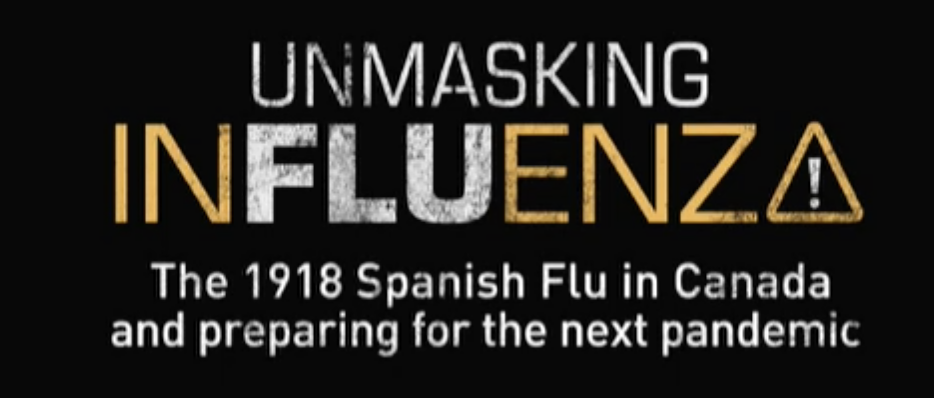- Details
- Written by Gordon Prentice

Should we be told everything there is to know about outbreaks of COVID-19 in our local municipalities?
Or should some information be held back to avoid alarming us?
Martin Regg Cohn, writing in this morning’s Toronto Star, comes down squarely on the side of maximum openness and transparency:
“Until journalists revealed the rapid spread of COVID-19 in Ontario nursing homes, there had been no public disclosure of the local outbreaks. Our politicians and officials default to withholding information, keen to avoid panic or inclined to put the best face forward.”
He goes on:
“In a pandemic, hoarding data is like hoarding prescription drugs. Until a vaccine can inoculate us from COVID-19, sunshine is the best disinfectant — and the antidote to darkness.”
York Region has a webpage devoted to COVID-19 which gives statistics on the number of cases by municipality. There’s also a mass of other useful information.
Where are the outbreaks?
During this morning’s virtual meeting of York Regional Council, Vaughan Regional Councillor Linda Jackson wanted to know where the COVID-19 cases are in the City of Vaughan – which is home to 48% of all cases in the Region.
The Region’s medical officer of health, Dr Karim Kurgi, says he is loathe to release too much information to the public in case it stigmatises groups or has other unintended consequences.
I can see his point although I disagree with it. If the pandemic were raging in Newmarket (which it isn’t) would people, for example, give the Costco warehouse a miss and go somewhere else with fewer reported cases? Possibly.
The answer, wherever people choose to shop, is to get everyone to behave as if they are carrying the dreaded virus and act accordingly. At Costco this morning about 20% of shoppers wore face masks and people were mostly diligent about observing the two metre rule.
A virus on steroids
Newmarket councillor Tom Vegh asked Dr Kurgi about the virulence of the virus. Astonishingly, one case of Covid-19 can give rise to another 250 in one month in the absence of any intervention. This is a virus on steroids.
Despite this, Dr Kurgi seems quietly confident we could see a peak and then a plateau in Covid cases in York Region in a week or ten days. This seems wildly optimistic.
He concedes that we in York Region “are not an island unto ourselves” but points to the statistics which he believes tell their own story.
The Mayor of Vaughan, Maurizio Bevilacqua, wonders aloud why Dr Kurgi’s optimism is not reflected in other experts’ opinions.
That’s precisely the question I would have asked.
Everywhere I look I see doomsday predictions of this contagion lasting many, many months.
Stratford goes dark
We go to Stratford twice a year – in May and in September. The Festival has cancelled all productions in April and May and it must be doubtful if the programme can go-ahead in September. Actors learn their lines and must rehearse. If they don’t they will forget their lines – especially if they are doing two or more plays at the same time. I know I would.
I was looking forward to the Edinburgh Festival in August but this too has been cancelled along with the International Book Festival and Fringe.
Even in the United States (where Trump initially told Americans coronavirus was a Democrat hoax) live events, movie releases and productions have been dramatically affected by the virus.
I fear we will not be out of the woods any time soon.
This email address is being protected from spambots. You need JavaScript enabled to view it.


Update on 3 April 2020: COVID-19 could kill 3,000 to 15,000 people in Ontario, provincial modelling shows. And it could be around for 18 months to two years. The table below updates figures for York Region reported today, 3 April 2020.

- Details
- Written by Gordon Prentice
York Regional Council will be going virtual at its next meeting on Thursday (2 April 2020) when members will amend the Procedural By-law “to permit electronic participation in meetings during a declared emergency”. 
The Council will be getting an update on York Region’s response to the Covid-19 pandemic from the Chief Administrative Officer, Bruce Macgregor, followed by a question and answer session with the Region’s Medical Officer of Health, Dr Karim Kurgi.
That’s the highlight. Everyone wants to know how the Region is coping with the rising number of Covid-19 cases in our midst.
Remuneration and Expenses
Also on the agenda is the annual Statement of Remuneration and Expenses which must by law be published by the end of March. I’m surprised. I thought the State of Emergency would have delayed this but I suppose life must go on.
The Statement is presented to members of the Council for information so the chance of it being debated is vanishingly slight to non-existent.
But is there anything worth commenting on?
Cushy Chair
I see that the Regional Chair, Wayne Emmerson, gets $241,797 in remuneration plus $45,686 in benefits plus $20,433 in expenses plus $10,000 for serving on the Lake Simcoe Region Conservation Authority plus $1,100 in expenses for his presence there.
This contrasts with his Sunshine List remuneration for the same year (2019) which is $225,789 plus $17,909 in taxable benefits.
The differences continue to mystify.
Perhaps the Council’s Chief administrative Officer, Bruce Macgregor, ($320,305 in remuneration plus $13,820 in taxable benefits) could explain the huge difference in Wayne Emmerson’s remuneration (a) as reported to the Regional Council and (b) as set out in the Sunshine List.
I also mention in passing that the list of 2019 payments includes the one for $67,068 to Tony Van Bynen, then the retiring Mayor of Newmarket and now the area's Liberal MP. This was the severance payment he forgot to mention to Newmarket Today when they were interviewing him about his pay-off from the Town of Newmarket.
This email address is being protected from spambots. You need JavaScript enabled to view it.
You can watch the Council live streaming here.
Update on 1 April 2020: The Information Report from the Town of Newmarket on Remuneration and Expenses for 2019 is here.

- Details
- Written by Gordon Prentice
“If we do things together well, almost perfectly, we could be in the range of 100,000 to 200,000 fatalities.”
So says the White House coronavirus co-ordinator, Dr Deborah Birx, who tells NBC’s Today show this morning that the “best case” applies when 100% of Americans follow the rules. Fat chance. (Click here to see the United States win the Covid race.)
This revelation comes on top of a jaw dropping statement on Saturday from the National Medical Director of NHS England, Professor Stephen Powis, that
“If we can keep deaths below 20,000 we will have done very well in this epidemic.”
Good grief! 
How many deaths?
I can’t find an equivalent estimate of likely deaths in Canada – which, I suppose, is probably just as well. The stories that make it on to our front pages are disconcerting enough on their own.
In times like this we look for reassurance that the people in charge know what they are talking about.
The Prime Minister, Justin Trudeau, appears measured, guided always by medical and scientific advice. Unlike the fool south of the border, Donald Trump, who said on 22 January 2020:
“We have it totally under control.”
On 10 February 2020 he follows up with this rib tickler:
“We’re in great shape in our country. We have 11 (COVID cases) and the 11 are getting better.”
"Grown tremendously"
York Region’s medical officer of health, Dr Karim Kurgi, tells us only last Friday 27 March (which seems like an eternity)
"In the last few days, the number of cases in York Region has grown tremendously. This is no surprise, we expected this…"
He says we will get over this soon.
Sounds like wishful thinking to me.
In the UK people are preparing for the worst with the deputy chief medical adviser warning coronavirus restrictions could last six months.
Stay at home - or else
And UK Prime Minister, Boris Johnson, himself infected with the dreaded virus, is warning people they must stay at home or risk being fined.
The Police, being the Police, are taking Johnson literally, sending drones out over the deserted Derbyshire Dales to catch people exercising their dogs in the middle of the countryside.
The South Wales Police have warned Stephen Kinnock MP, son of former Labour Party Leader Neil (78), not to visit on his Dad’s birthday – even if he stays two metres away.
Over-the-top? I think so. Over-zealous? Perhaps.
But, then again, we in Canada are not looking at a best case scenario of 20,000 deaths.
At least I don’t think so.
This email address is being protected from spambots. You need JavaScript enabled to view it.
Update: Ontario enhancing reporting on COVID-19
- Details
- Written by Gordon Prentice
Newmarket Today comes close to apologising for running a story on last week’s Sunshine List in the middle of the coronavirus pandemic. 
“While some might question the wisdom of releasing the information… when so many people are struggling financially as a result of illness, layoffs and job loss because of COVID-19...”
They press ahead anyway and report the details, citing the Government’s commitment to transparency.
The Sunshine List is - and always was - designed to stigmatise those who work in the public sector, presumably on the grounds that they are paid by “our” taxes.
Point to note: “they” pay taxes too.
The $100,000 salary threshold for inclusion in the list has not been increased since 1996 ($152,670 in today’s dollars) so more and more people are captured.
Salary voyeurism
Despite my long standing criticisms of the Sunshine List, it is difficult to resist the temptation to peek inside, giving free rein to a kind of voyeurism which can produce outrage or astonishment, or both.
I learn the Director of Education of the York Catholic District School Board, Ab Falconi, got $235,199 last year plus $1,482 in taxable benefits. Unfortunately he couldn’t find the time in his busy schedule to come up with a solution to the property damage his School Board did to our homes in Harrison Drive in August 2018 – that we paid for.
Elsewhere… the COVID-19 pandemic shows how dependent we are on the people who work in the public sector – not just the doctors, nurses, paramedics on the front line but on all the others delivering a thousand services that we take for granted.
Ranking remuneration
For the first time ever, it is possible to compare the remuneration of municipal politicians without having to figure out first if they were from municipalities that paid their salaries one third tax free.
A couple of years ago the Federal Government to its credit scrapped the one third tax free nonsense. So now we can say without fear of contradiction that Markham’s mayor, Frank Scarpitti, is the highest paid Mayor in Ontario, getting $239,693 plus $21,885 in taxable benefits. (Photo right) 
Wayne Emmerson, the Chair of York Regional Council - who retired and swiftly unretired - gets $225,789 plus $17,909 in taxable benefits. Our Mayor here in Newmarket gets $156,512 plus $8,645 in taxable benefits and, next door in Aurora, Tom Mrakas gets $157,216 plus $9,525.
The Sunshine List records the income of an individual – not his or her household which may of course include other incomes.
A commentary on the 2016 census from York region tells us the median household income in 2015 (mid-way between the highest and lowest) was $95,776 putting it second among all municipalities in Ontario. Median household income in Ontario in 2015 was $74,287 and in Canada $70,336.
The 2016 census used 2015 figures and these are of course now way out of date. But what wouldn’t have changed dramatically are the percentages of households in the broad income groups (see graphic top right).
Above average
The salaries in the Sunshine List (which include our municipal politicians) are way above what most people get in York Region. (See graphic below on the highest median individual incomes in York Region's nine constituent municipalities. The percentage increases shown are for the period 2006-2016)
In some countries such as Finland everyone is on their Sunshine List as tax returns are published.
I wouldn’t have a problem with that.
I’ll show you mine if you show me yours.
This email address is being protected from spambots. You need JavaScript enabled to view it.


- Details
- Written by Gordon Prentice
Today the World Health Organisation tells us it took 67 days from the first reported case of Covid-19 to reach 100,000 cases. But it took only 11 days for the second 100,000 cases, and just four days for the third 100,000 cases. 
The acceleration in the numbers infected which the experts feared and predicted is now happening.
Of course we are much better placed to deal with this pandemic than with the SARS outbreak in 2003 or with Spanish Flu which claimed the lives of 55,000 people in Canada just over a hundred years ago.
The Spanish Flu pandemic of 1918 is often cited as the closest parallel to what we are getting with COVID 19. The flu anniversary was marked by a raft of articles and broadcast documentaries that I missed. I wasn’t paying much attention at the time.
The very idea of a global contagion on that scale happening today seemed preposterous.
We know better now.
The fascinating CPAC documentary – Unmasking Influenza - looks back at the devasting impact Spanish Flu had on communities across Canada. It also takes us into the present-day pandemic command centre in Winnipeg where they do all the contingency planning. Of course, it is now for real.
Waiting for a vaccine
In 1918 they didn’t have a vaccine - but, then again, neither do we.
However, we know about the importance of social distancing. That didn't figure in people's thinking back then.
But that said, a very few places escaped the Spanish Flu completely by going into lockdown.
Some lucky people got the virus and lived to tell the tell but can't explain how they did it.
A survivor of the 1918 Spanish Flu epidemic, José Ameal Peña, now 105, pulled through after being prescribed vapours of boiled eucalyptus.
Not something I have in my pantry.
This email address is being protected from spambots. You need JavaScript enabled to view it.
The British PM, Boris Johnson, has just ordered a restrictive stay-at-home policy to be enforced by police.
From the Toronto Star: After this, will Public Health funding still be cut?
Page 87 of 268